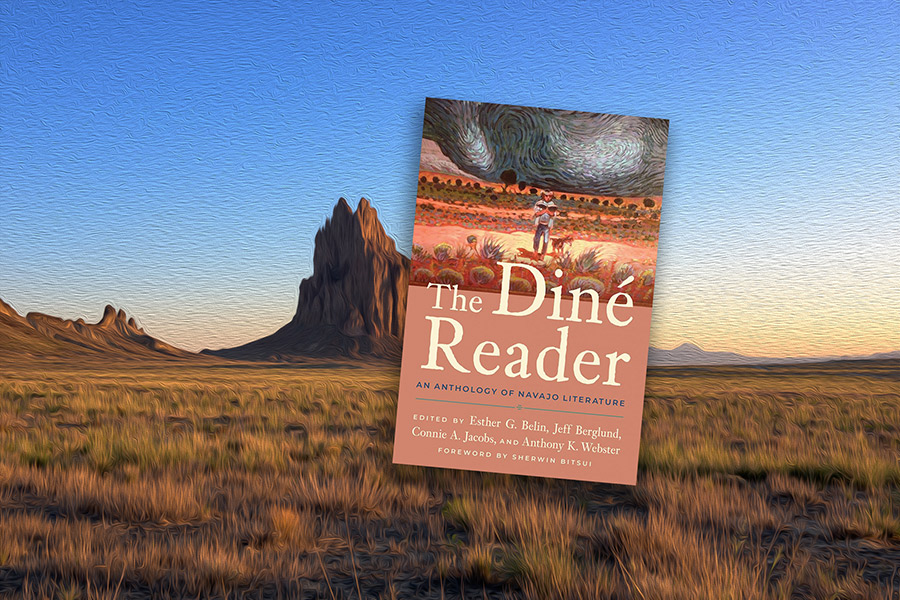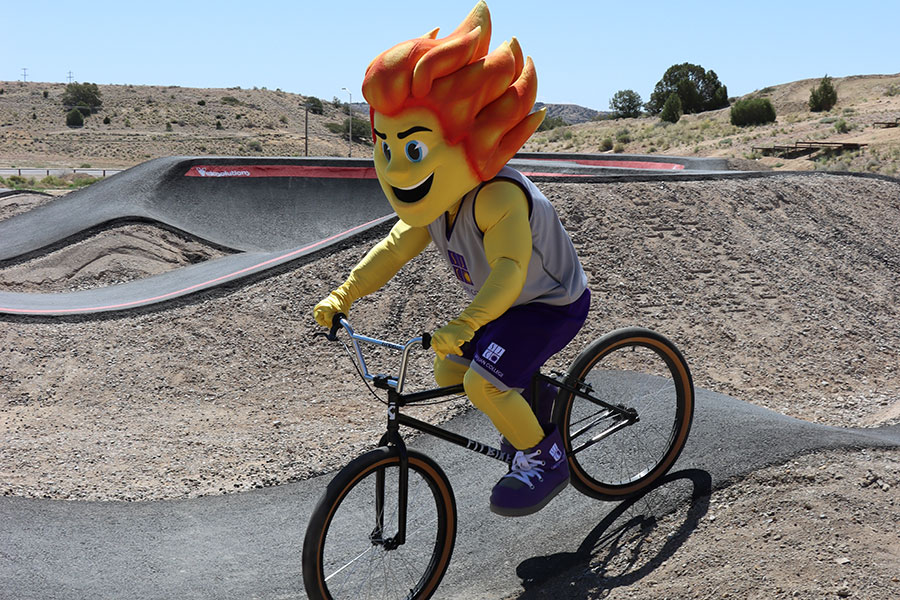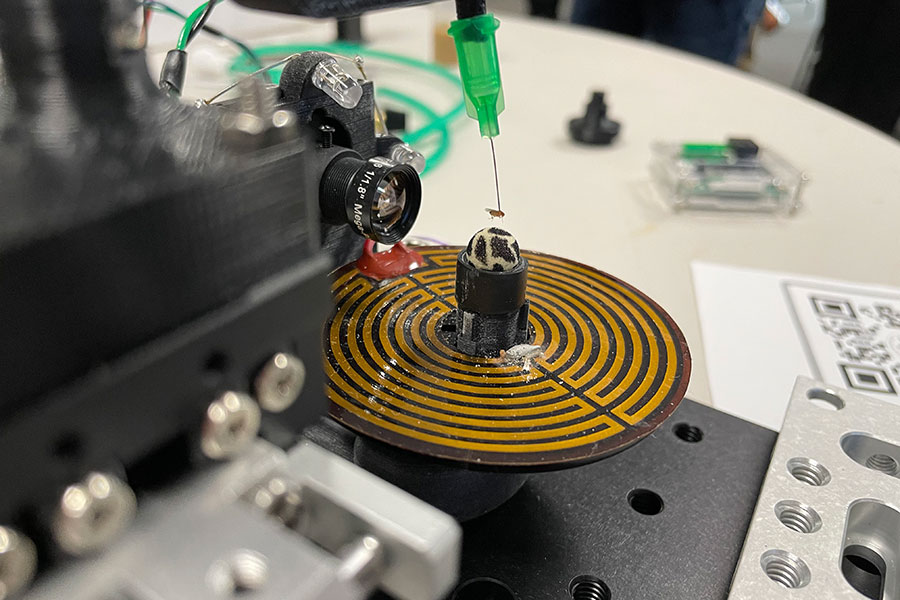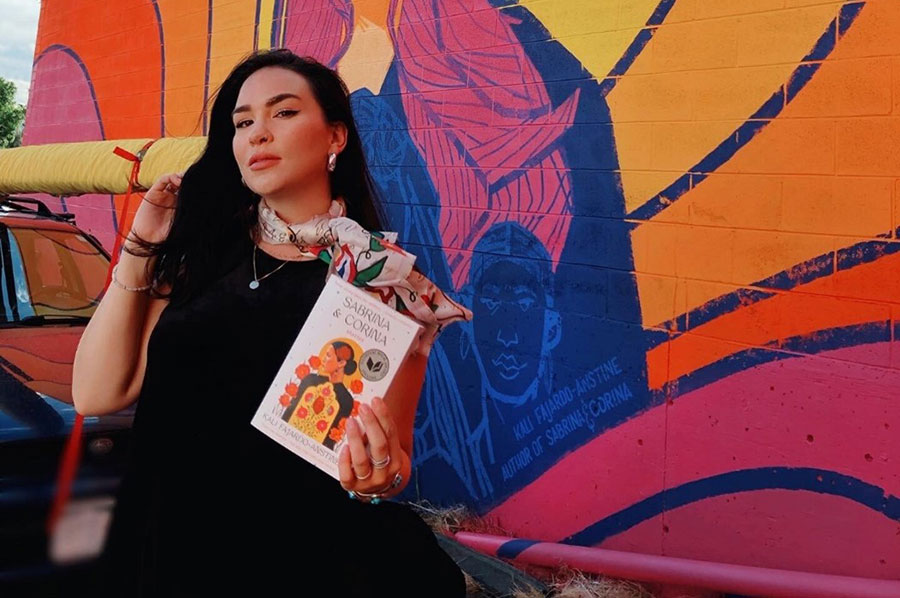SJC English Instructor, Kris Kraly interviews SJC Professor Emeritus, Dr. Connie Jacobs and graduate, Byron Aspaas about the inspiration behind The Dine Reader.

In a recent interview with SJC professor emeritus, Dr. Connie Jacobs; and SJC graduate, Byron Aspaas; Kris Kraly, an SJC English instructor, asked them about the inspiration, creativity and collaboration that produced The Diné Reader: An Anthology of Navajo Writers.
Kris Kraly: Connie, can you share what you recall about the class and conversation that ultimately led to the publication of this book?
Connie Jacobs: When I was teaching at SJC, I always liked to include Diné poetry for students. In one class, I introduced the students to Hills Brothers Coffee by Luci Tapahonso. Later, a Diné student told me that he didn’t know there were Diné writers. Since around one-third of the students at SJC are Native, it made me realize there was a need for an anthology of Diné writers so Navajo students, especially, could read and hear the voices of the poets and writers who write about them, their history, their culture, their lives. The young Diné student was Byron Aspass, who later attended the Institute of American Indian Arts after he graduated from SJC, and he is now a professional writer and one of the writers included in the Reader.
Connie Jacobs: I especially recommend the “Introduction” and “Resources for Teachers and Readers” compiled by Michael Thompson. The information found here informs of all of the works in The Diné Reader.
Kris Kraly: Byron, once you learned of and read some of Luci Tapahonso’s poetry, what did you do next? How did her poetry inspire you?
Byron Aspass: I think about this all the time when I’m riding my bike into the mountain and up through the switchbacks, wondering about that one moment of how Luci shared her story for those like me. I had a very good friend who called me her “Raisin Eyes,” referring to the name of one of Luci Tapahonso’s poems. She said to me, “One day, you’re gonna be writing stories like Luci.” My friend saw something in me at that time—something I didn’t see in myself. In the beginning, I admit I did not understand Luci’s work. I remember reading her poems over and over trying to understand the humor my instructor, Connie Jacobs, saw inside. When I finally met Luci and listened to her read her poetry, I suddenly realized I hid parts of me as a young Navajo—parts of me that made Luci’s storytelling so wonderful, so personable.
Kris Kraly: Connie, what piece in the anthology has touched you the most?
Kris Kraly: Byron, how can this anthology inspire other young writers?
Byron Aspass: This anthology is a gathering of Diné story makers. It’s a link created for young readers to find familiarity inside the voices of those who experienced the world they now walk through. I hope The Diné Reader will allow young writers to reach out, find solace in the words we created, and find their own voice as they continue into the next world. I tell people I never wanted to be a writer, somehow, I became one.
Kris Kraly: Byron, as a creative writer, how did you focus on creative non-fiction as your preferred genre?
Byron Aspass: Creative nonfiction chose me because I wanted to share my upbringings, especially after my mom passed away in 2010. In a way, I wanted to share my world with my nieces and nephews who never experienced their grandma to their fullest. I didn’t realize my story had an important beginning due the variables that have linked me to the person I am now. I did not know how or what I would be participating in if my SJC friend’s prediction came true. Connie heard my voice when she saw my words and she encouraged me to go further. I’m still learning to accept parts of me as I grow into a writer in 2021.
A celebration of The Diné Reader will be held on Wednesday, November 10, from 1 to 2:30 p.m. in the Connie Gotsch Theater (to join the webinar: https://sanjuancollege-edu.zoom.us/j/94109925088). Several of the poets and writers will share their work.



